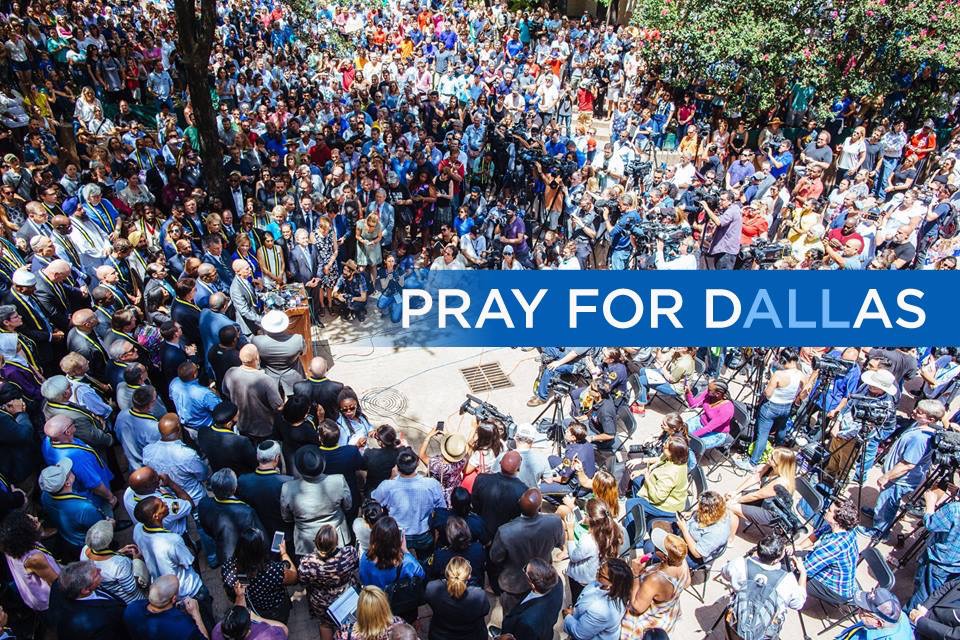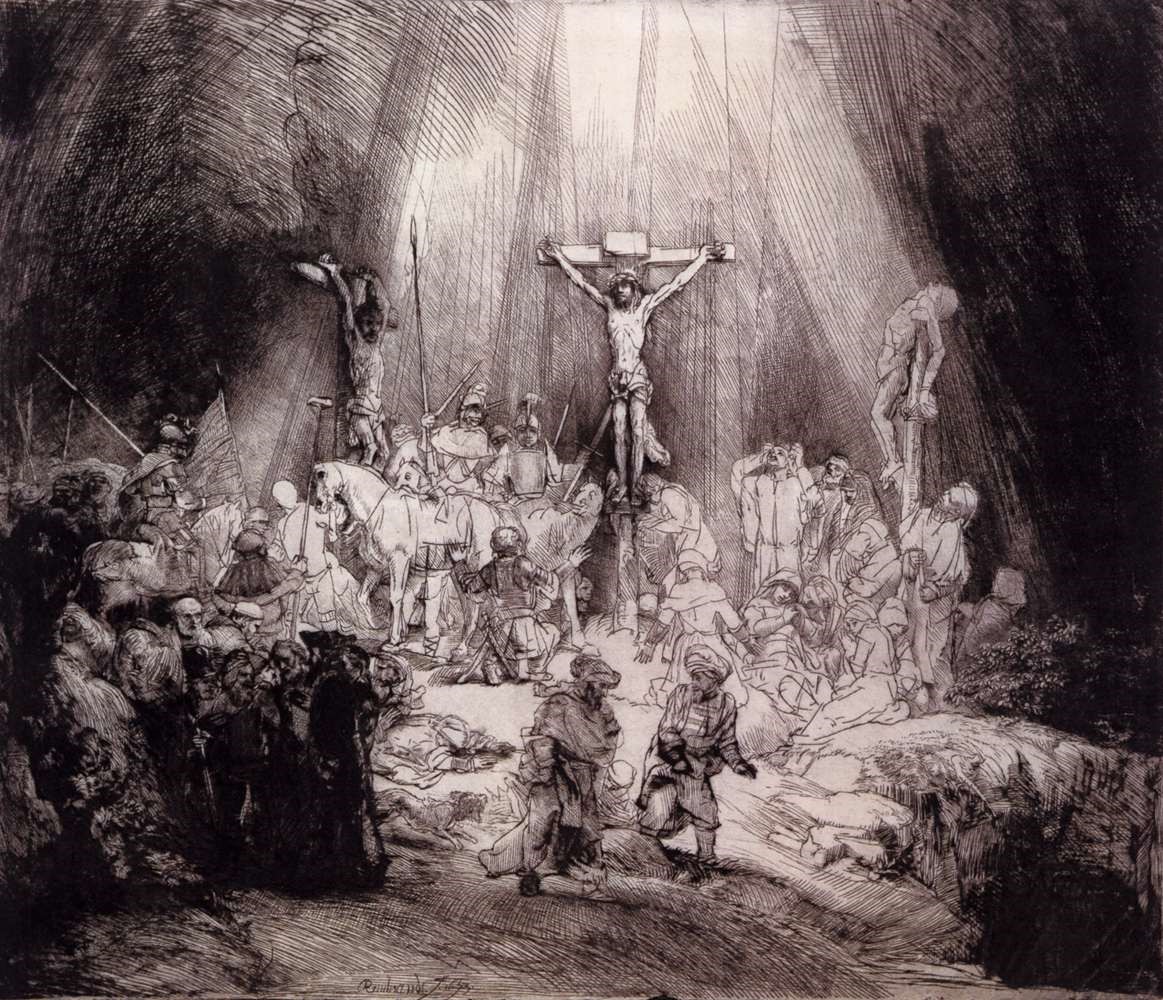One One Year Later – Let’s not give up. – July 7, 2017

A year ago tonight, fourteen people were shot and five Dallas Police officers were killed during a peaceful protest in downtown Dallas. It was the single most fatalities among law enforcement since 9/11. And Dallas was brought to her knees. The peaceful protest had been formed in response to the deaths of Philando Castile and Alton Sterling, two black men who were killed by law enforcement in Minnesota and Louisiana, just days earlier. The sniper said he wanted to kill white people, and white officers in particular.
Like many, my summer evening was interrupted by images on TV, as I watched in horror, struggling to believe that this could happen here in our beloved city. Immediately my mind raced back to a few years earlier when my friend, Pastor Bryan Carter, and I asked the question, “What if Ferguson happened in Dallas? Would we be ready?” The quick was answer, “no”, we realized we were not ready to respond. The greater Church of Dallas was not ready to respond, so it would be difficult for the city to come together and respond in peace with a collective response to bring hope and healing.
The broader church of Dallas, across racial lines, simply did not know each other. We began pulling pastors and leaders together to talk about the racial divide in Dallas and our nation. Over time, we did come to know each other. As a result, we came to love each other. We began meeting, praying, swapping pulpits, serving together, and members of our churches met members from other churches across racial lines. And God showed up. Through Movement Day, Transform Dallas, the pulpit swaps, prayer meetings, men’s and women’s gatherings, our hearts were softened, grace was extended, and we were ready to love others, only after we came to love each other. We learned that empathy truly is the pathway to peace.
“He has told you, O man, what is good; and what does the LORD require of you but to do justice, and to love kindness, and to walk humbly with your God?” Micah 6:8
We began to ask : How do we do justice in Dallas, Texas? How do we love kindness? How do we walk humbly? We discovered that humility leads to empathy, kindness leads to progress, and justice leads to healing.
We have a long way to go, but we know this: Racial reconciliation is a result, an implication, of the Gospel. If God’s people love Him and embrace the Gospel and its implications, we will display the Gospel in every aspect of life. And in its corporate expression, its diversity, would reveal the love of God, “so that through the church the manifold wisdom of God might now be made known to the rulers and authorities in the heavenly places.” Ephesians 3:10 Literally, the “multi-colored wisdom of God” would be on display.
In many ways, by the sovereign Hand of God, we were ready when the shootings took place a year ago. The Church was ready and responded. We came together the next morning at Thanksgiving Square (credit the work of our mayor, Mike Rawlings, who reached out to the faith community). We came together the next night at Concord Church to declare, Together We Stand. In the days that followed we organized a clergy mobilization meeting that continues to meet. Pastor Richie Butler has led an initiative called, The Year of Unity that continues on throughout this year. We have discovered that we need each other in ways we never realized. We’ve learned that we must recognize and embrace the definitive source of our Hope. The Good News of Jesus Christ actively undermines the sins that feed racial strife, and leads to a many-colored and many-cultured kingdom expression of God’s people. If we go at this alone they will not believe. But together we challenge presuppositions and prove that the Gospel makes one what was formerly divided. Our love for each other proves our faith in Christ.
A year later I think progress has been made, but we have long way to go. We must not give up. We must walk in humility, seeking to understand and empathize. We must, “Rejoice with those who rejoice, weep with those who weep.” Romans 12:15 When someone’s life is taken (black, white, officer, civilian) it is not the time to talk about the “facts”. There’s a time and place for the facts, but it’s first a time to weep. Can we not simply weep and grieve with families who have lost loved ones? Can we pray with them and for them? And when our brothers and sisters are weary and sad, it is time for the entire Body of Christ to respond with understanding, in prayer, and love. “If one member suffers, all suffer together; if one member is honored, all rejoice together.” 1 Corinthians 12:26
Let us empathize. Let us intentionally pursue one another. Let us persevere. Don’t give up. Increase your ethnic I.Q. You cannot get a G.E.D. if you don’t understand white culture, but you can get a doctorate and know nothing about black culture. Expand your relational world into places where people don’t look like you.
Thank you to my black brothers and sisters who have not given up, who put up with us, who have forgiven us for saying things we did not understand. We are sorry that it has taken such a long time to understand. We are sorry that many of us have not stood with you in the past. It is a new day and many are ready to stand with me, with you, as we seek one nation under God. Even more, let’s be the answer to the prayer of Jesus in John 17 – one Church, under God, in Him. Let us not give up. May this anniversary help us grieve, weep again, determining to be the change we want to see in the world. Let us be angry over injustice and yet not sin. May we pause, pray, and remember. And then, let’s finish the work that God has called us to.




